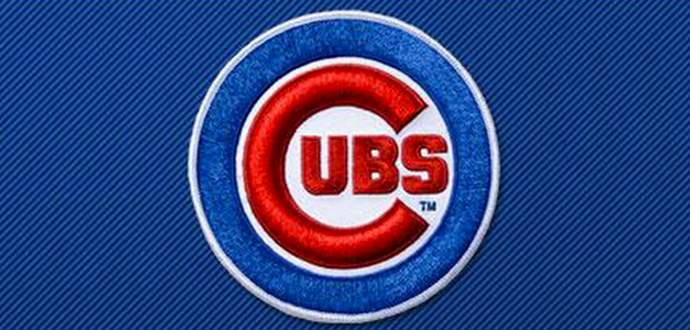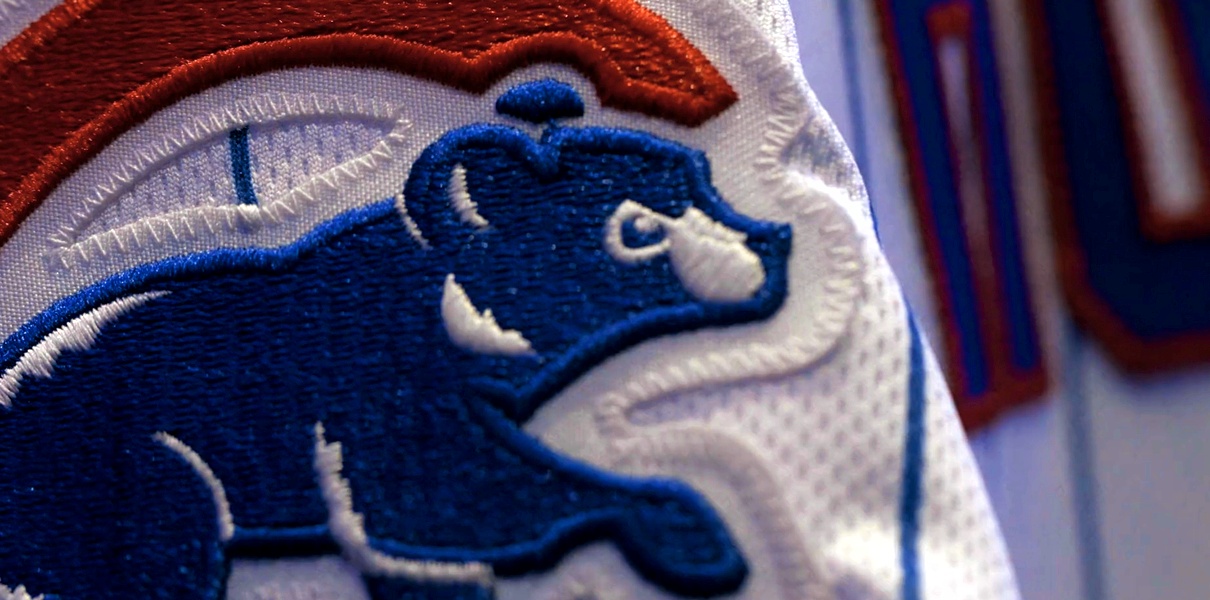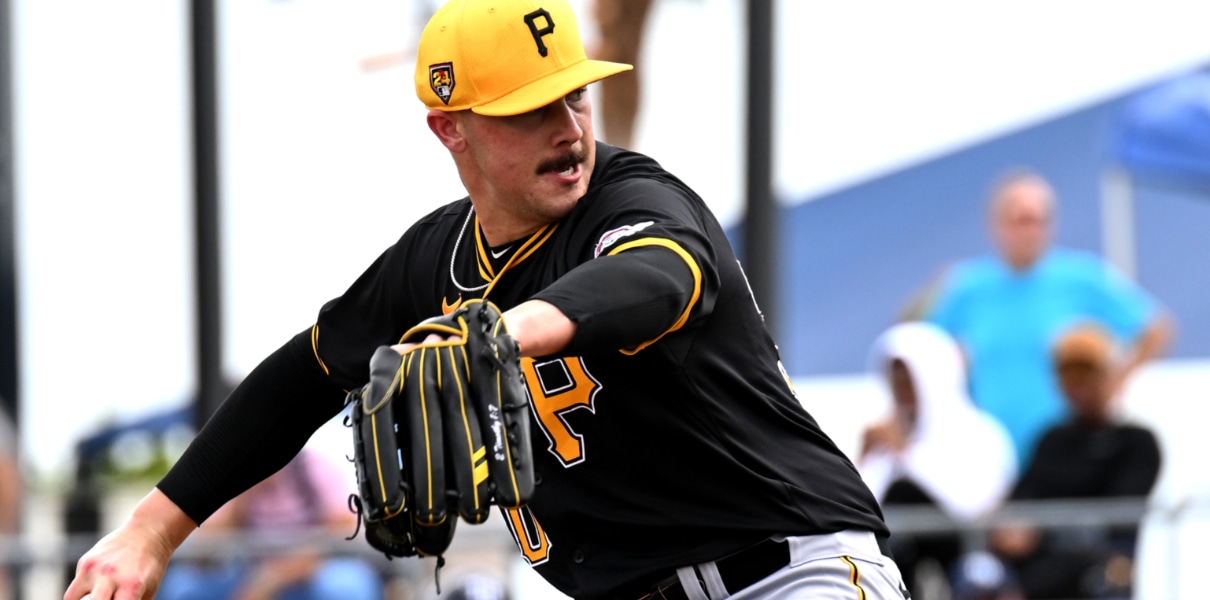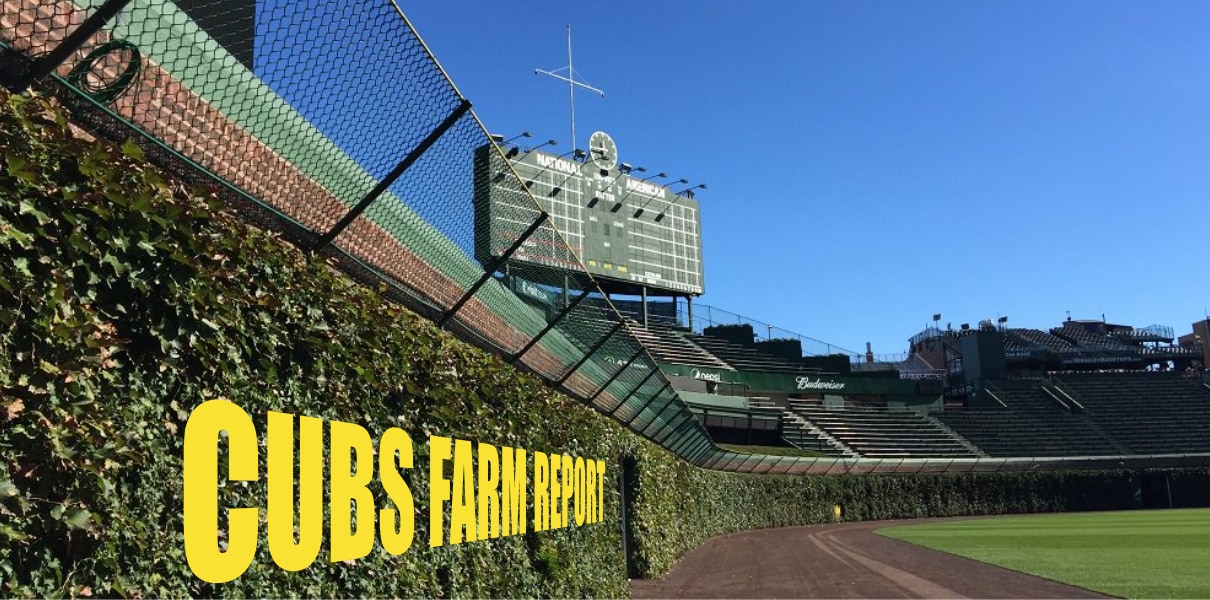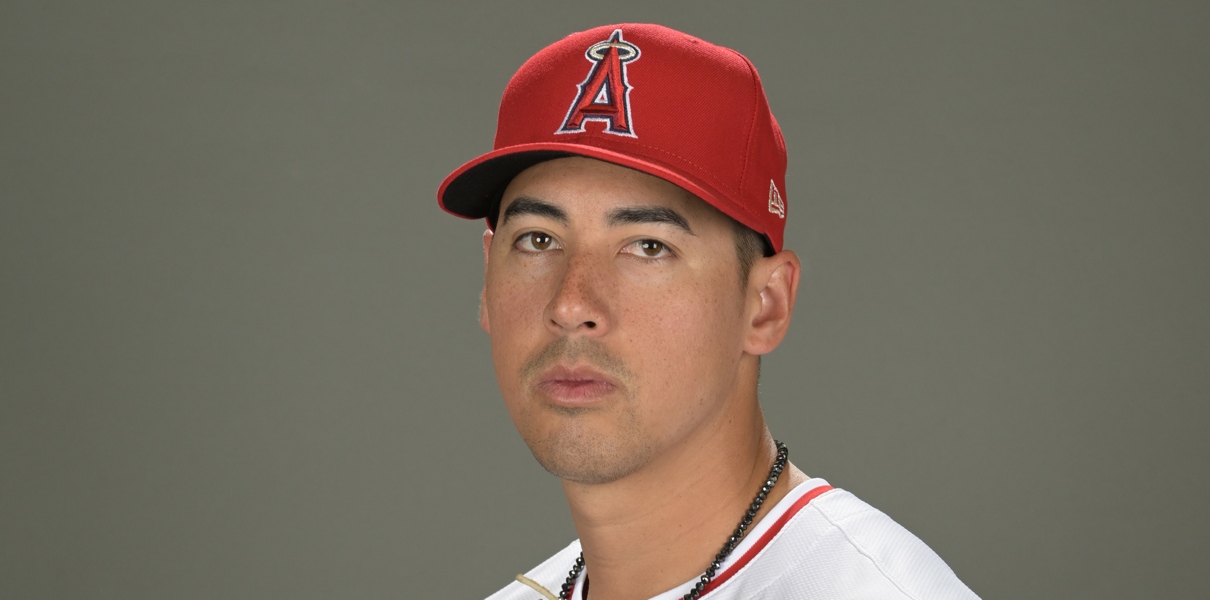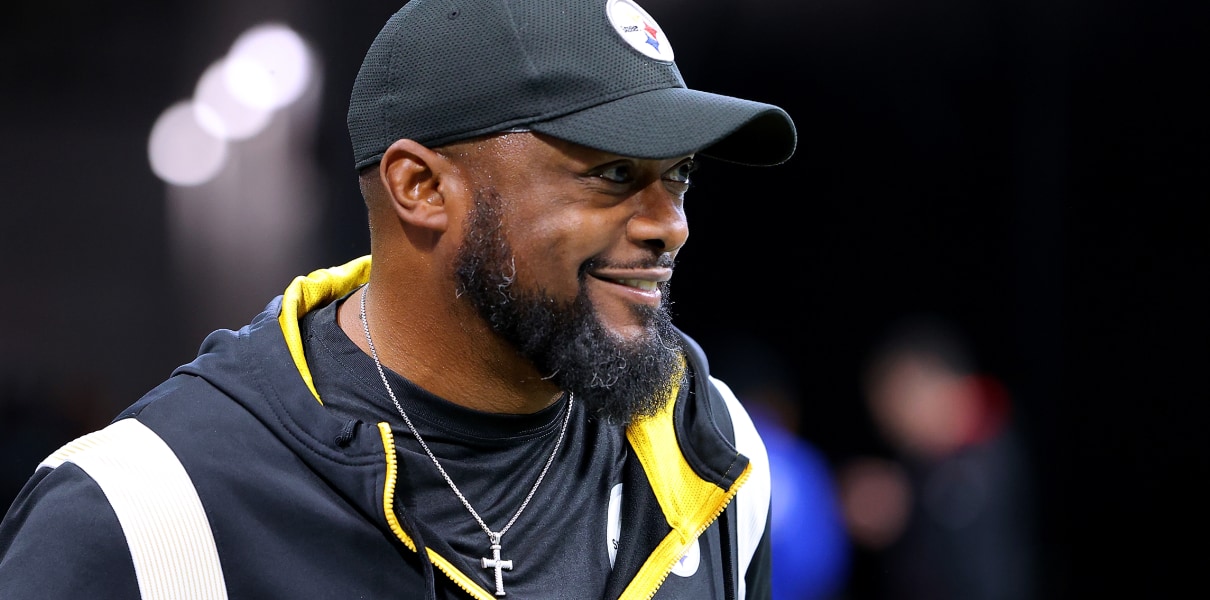Yesterday was the first day of the 2018 MLB Draft, and between the first two rounds and compensation picks, the Cubs selected four new top prospects, over which, we may now begin obsessing:
Pick 1 (#24 overall): Stanford SS Nico Hoerner
Pick 2 (#62): Arizona (HS) OF Brennen Davis
Pick 3 (#77): California (HS) OF Cole Roederer
Pick 4 (#78): San Diego RHP Paul Richan
Brett has already written up Nico Horner and Brennen Davis individually, and Luke got into the strategy and thinking behind all four picks earlier today. So if you’re looking for an initial recap/understanding of who these players are and what might’ve attracted the Cubs to each of them, those are the places to start.
Otherwise, here are some comments and analysis from both inside and outside the Cubs organization on the picks …
On their first round pick, Cubs President of Scouting and Player Development Jason McLeod said, “First and foremost was his ability on the baseball field. This is a talented player who can really swing the bat, it’s a high-contact bat. We think there’s more power in there in terms of extra-base hits, in terms of lifting the ball. We really love what he can do at the plate.”
As soon as the Cubs selected Hoerner and I learned about his solid contact skills, but moderate power, I started wondering if the Cubs are considering whether teaching power (i.e., swing modifications for more lift) is easier than teaching discipline and contact. Perhaps, they’ve discovered (through, say, Javy Baez and Albert Almora as extreme examples), that players with existing contact skills can more quickly turn singles into doubles and fly balls into homers just by elevating the ball, than guys with natural power can start making more contact. It’s not anything groundbreaking, but I wouldn’t be surprised if that was part of the calculus. Plus, if pitchers continue throwing more and more heat, contact bats might be more valuable in the future.
That’s not all McLeod had to say, of course, and Hoerner is not just a bat-first prospect: “He’s a multi-tool athlete with incredible makeup,” McLeod said. “He’s a leader on the field, he’s a leader in the dugout, he’s incredibly passionate and all about winning. He’s exactly what we’re looking to bring into the organization.” The Cubs are always about 1) total athletes and 2) off-field strengths. Hoerner exemplifies the best of both.
As for his position, McLeod believes that Hoerner will be able to stick at shortstop (and that’s indeed where he’ll start out), but adds that he could move to another position “flawlessly,” if necessary. Hoerner, for what it’s worth, hopes to stay at short for now.
Before the draft, Nico Hoerner was ranked 42nd overall by Baseball America and considered the 11th best college bat in the draft and third best college shortstop. Most notably, however, I was excited to see them talk about a late-college career increase in power: “Hoerner has hit over .300 and teams are intrigued by the increase in power that the 5-foot-11 infielder showed after hitting six home runs in 40 games last summer on the Cape. Teams that like Hoerner will see a player with a shot to stick at shortstop with strong hands in the box, a good strikeout-to-walk ratio and impressive exit velocities.” I guess the early-narrative on Hoerner is clear: if he can hit for power, he will be awesome. If not, he’ll probably reach the Majors as a borderline starter/utility piece (which is not a terrible outcome for the end of the first round, mind you).
According to Keith Law’s rankings, Hoerner probably should’ve gone in the top-half of the second round, because he “isn’t very toolsy” even though he’s produced well as Stanford’s shortstop. According to Law (again, before the draft), whoever takes him is probably guessing that he’s a shortstop long-term, but notes that, “Scouts seem to like him more than his tools would indicate,” particularly because he’s the “rare prospect … who seldom strikes out.”
As for the Cubs’ second-round pick, Brennen Davis, Baseball America is a little less clear. Apparently, a hamstring issue during his senior year made him a bit more difficult to scout than normal (which could actually be a huge advantage for the Cubs (asymmetric information is how you land a steal), and the development of his bat will be his biggest question, because the rest of his game is supposed to be very good: “An above-average or better runner when healthy, the 6-foot-4, 175-pound Davis uses easy, graceful strides in the outfield and on the bases, an his above-average arm gets good carry.” According to BA, Davis is the typical “high-risk, high-reward” prospect who could move a little more slowly – which is fine.
According to Keith Law, Brennen Davis was also a bit of a reach for the Cubs, because he had him ranked 93rd overall before the draft. With that said, Law is high on his ability to stick in center field (even be a “plus” defender there), but adds that his ability to hit at the big league level will ultimately determine his worth.
Baseball America writes that the Cubs third overall pick, Cole Roederer, draws comparison to Andrew Benintendi, which is obviously very significant praise, adding that his recent power explosion is what catapulted him into a position to be drafted early.
BA adds that “he [Roederer] began launching long home runs on par with anyone in the region, enough for optimistic scouts to project him as a 20-25 home run hitter. The power rounded out Roederer’s well-rounded toolset. He is an above-average runner whose speed plays up in center field due to his advanced instincts and reads, and his arm is suitably average. With hints of all five tools and growing power, Roederer has the upside of an above-average everyday center fielder.” Wow, that’s a mindfully glowing review for someone taken fairly late in the draft. There are obviously issues (size, injury history, and sign-ability chief among them) – otherwise he would’ve gone earlier – but it’s hard not to like what we’ve seen.
And finally, on Paul Richan, the Cubs’ fourth overall pick, taken one spot behind Roederer, BA had this to say: “Richan supplanted Nick Sprengel as San Diego’s top starter and most-desired draft prospect this spring, launched in part by a dominant outing against Michigan at the Tony Gwynn Classic.” They add that he is already a polished right-hander with a four-pitch mix featuring a plus slider. He’s currently working with a low-90s fastball and an average changeup. The big concern with Richan has been the declining velocity (he lost a couple ticks near the end of the year), but if that was a bit of natural fatigue (or something a proper training plan could alleviate), he could be a relatively fast riser for the Cubs. Polished college pitchers with four pitches, including a plus slider don’t come around often. That’s a pretty solid pick.
Note: Neither Paul Richan nor Cole Roederer were ranked among Keith Law’s top 100 prospects. And given that Hoerner (ranked 39th, taken 24th by Cubs) and Davis (ranked 93rd, taken 62nd by Cubs) were ranked much lower than where the Cubs ultimately took them, it’s fair to say their values may be misaligned with public perception. That said, the Cubs were neither one of Law’s “winners” or “losers” from Day one, so I think he might just not know a ton about their picks – which, again, might not be terrible. Maybe the Cubs know something others don’t. It’s happened before, and winning these kinds of “scouting contests” is the new edge in an era with bonus pools and overspending penalties.



